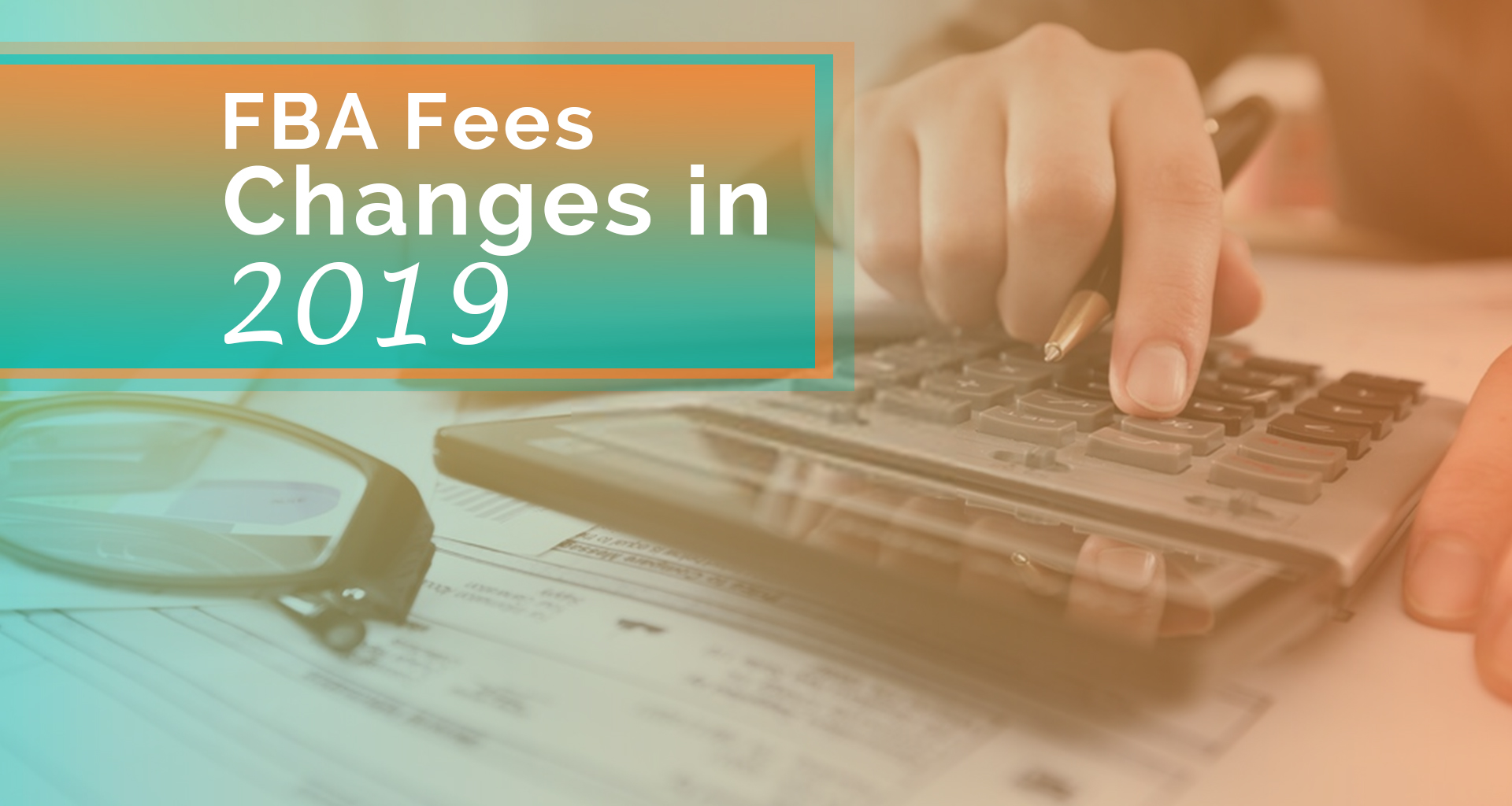The rules have changed yet again as Amazon recently introduced new Amazon PPC features and spiced up the dynamics. Setting up a PPC campaign was pretty simple earlier as you just needed to be mindful of running an automatic or a manual campaign based on your strategy for the product. Amazon has broken down the variables and made the game definitely more complex, intriguing for some leaving the rest perturbed. Love it or leave it, that’s Amazon! For those of you excited and want to learn the next game-changing PPC features that can act as sales catalysts, this one is for you.
Read More:- Amazon PPC : All You Need To Know About Amazon PPC Campaigns
[toc]
Let’s Begin
The campaign bidding strategy section is available for both automatic and manual campaigns. The explanation by Amazon is sufficient and self-explanatory but we will still paraphrase it for the benefit of all readers. This is where changes begin:
Dynamic Bids – Down Only
By selecting this option, you are essentially instructing Amazon to cap your bid to the value you insert as a default bid and if need be, when there are fewer chances of conversion, reduce it in the descending order to zero. As stated clearly in their description that experienced sellers were using this option as a default option earlier. Therefore, the majority of the content regarding guidance for PPC available on the internet and youtube videos pertain to this.
Dynamic Bids – Up and Down
This is where the new stuff begins. You are not only allowing Amazon to lower the bid price but also to double your default bid i.e. up to 100% if they sense a conversion. It’s as simple as that. So you are prescribing a range for Amazon to operate within whereby authorizing them to increase to the maximum or decrease it to the minimum.
Here is an illustration that will cover an arbitrary range of bidding.
Fixed Bid
You set the default bid and Amazon will not change it based on the likelihood of conversion. This has no strings attached so your bids will remain the same, you will be hit by the bid price fair and square.
Ad Placement
Sellers will no doubt become more powerful and in control of the placement of their product ad by this second chance. This will give enormous leverage to established sellers who are always anxious to get that extra bite. You have 2 more options related to your product Ad Placement now and you can use any based on your strategy for the product as both have their unique advantages. You now have the option of applying the weightage of your ad, meaning you can assign percentages up to 900%. First, let’s have a look at the options and then decipher what these percentages mean.
Top of Search (First Page).
Your Ad will be placed at the topmost row on the first page of search results. This will give you extra visibility for sure but that comes with an extra cost. We will elaborate that further later with the help of an example.
Product Pages
Your Ad will be available on product detail pages, outside the search results or near the buy box. This will especially be helpful if you are targeting to place Ads near your competition.
So for example, if your default bid is $0.75 then if you assign 900% to either of the Top of Search or Product Pages then your bid will increase to $7.50. Whoa! That’s like 10 times your original bid just to place your Ad according to your wish and command. You don’t need to set the maximum 900%, you can increase the percentage step by step and work out the number delivering results best for you.
Watch Out For The Killer Combination
We will take an extreme instance to make a point here just for awareness and to make you watch your steps. Imagine if Amazon stretches your bid to 100% when you select “Dynamic Bids – Up and Down” and you apply 900% on “Top of Search/Product Pages” as well. What will be the results? You will for sure get the best placement but let’s take your cost into account here. If your default bid was $0.75 then Dynamic Bids – Up and Down got doubled i.e. $1.50 and since you applied 900% for Ad Placement then this $1.50 will become $15. This needs to sink in so we reiterate, that just cost you $15 for a single click! A click that only God knows if it had the fate to convert into a unit sale. Again this was an extreme example and a worst-case scenario just to show you the financial impact.
Word of Advice & Caution
- This is undoubtedly exciting at the same time unpredictable at least for now since there is no precedence or available case studies. Sellers are in their experimentation phase and no one can concretely point fingers in the right direction.
- Since several variables have been introduced you will have to change them, give 2 weeks’ time to see a definite trend and make adjustments accordingly. You will have to control the test by changing one variable independently while keeping others constant.
- Its Beta! So Amazon will be gathering feedback and looking at it closely as this will require a lot of testing.
- We are relying heavily on Amazon’s ‘Judgement’ hereby allowing them to move bidding Up and Down. No one knows the exact mechanics of how the bids move up and down.
- If you have decided to use any of the options then our advice is to monitor your CTR, Conversions and ACOS closely at short intervals.
- Set small amounts of campaign budgets not exceeding $30 just to minimize chances of burning up your kitty unnecessarily.
- Its tricky and can be a bit slippery so start with your existing product listings that are performing well where you know the current trends to compare results.
- It is recommended for rookies and newbies to begin with Dynamic Bidding – Down only as a safe option and then move up the ladder.
Concluding Remarks
Dynamic bidding has indeed become ‘dynamic’ in its true sense. Without any doubt, sellers have gained control over their Ad Placement and the bidding war has become more intense. As fabulous as it sounds do not pounce on this opportunity without completing homework on your numbers. You just need to be mindful of the financial repercussions as the fall can be a steep one.
Check out our Amazon Product listing optimization services.










